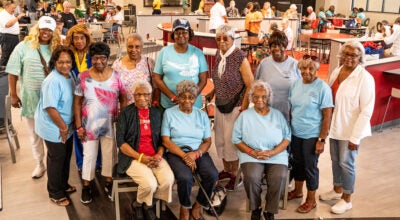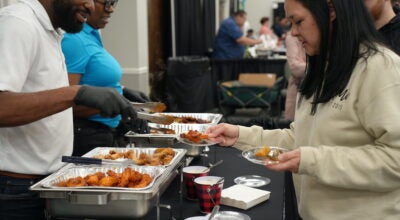On a mission to connect people families
Published 2:50 pm Tuesday, June 24, 2008
The Church of Jesus Christ of Latter-day Saints wants to spend time with community members to help them discover their roots.
The church will open its Family History Center to the public June 28 from 2-4 p.m. so that people can find out the basics of family geneology.
Family History Center Director Pauline Williams began researching her family’s past years ago. She said one of the more important experiences came while searching for a distant cousin.
“It felt like his spirit was right there telling me that I had found him,” Williams said. “It was such a spiritual moment.”
Williams said the church believes that by doing genealogical research individuals can be reunited with family members after death. She refers to I Corinthians 15:29, “Now if there is no resurrection, what will those do who are baptized for the dead? If the dead are not raised at all, why are people baptized for them?”
She said this verse shows people like her that they can help ensure that their family members have rectified themselves with God.
Williams said even if people in the public don’t believe this teaching, they could still benefit by learning about their ancestors. The Salt Lake City Church of Jesus Christ of Latter-day Saints has the largest archive of family history records in the world. Williams said the local church follows in its footsteps to help the public.
“If the parent church is open to the public, then why would we limit it,” Williams said. “We want everyone to experience the joy of finding out about where they came from.”
Inside the center, the public can use four different microfilm readers and four separate computers to search sites like FamilyLink.com, footnote.com or genline.com. Williams said footnote.com is really interesting because it has many links to war records including uniform assignments and discharges.
“A lot of younger people are working on their family history,” Williams said. “People from teenagers all the way to when they can’t really see any more.”
The church began genealogical societies not long after it formed in the 1830s.









